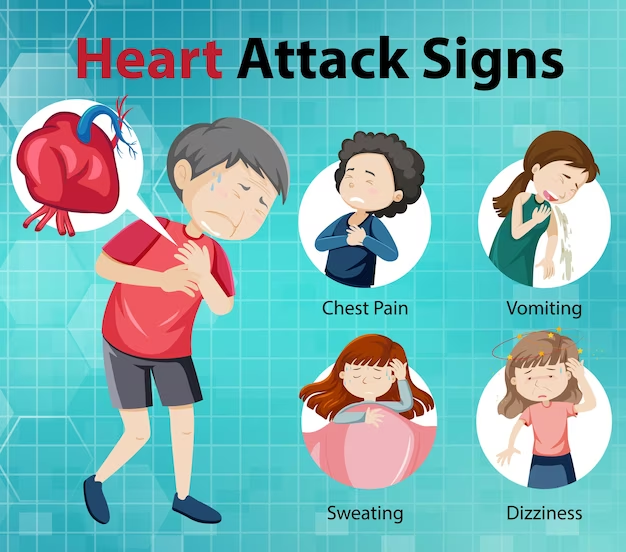Technique to relieve common urinary symptoms without medication
The term lower urinary tract symptoms (LUTS) most commonly refer to urinary symptoms associated with benign prostatic hyperplasia (BPH)in older men; however, women also experience LUTS, often in the form of overactive bladder (OAB) and urinary tract infection (UTI). In all affected individuals, LUTS can be highly disruptive. Despite this, many who experience them are reluctant to discuss their concerns or to seek medical treatment. If you are a man of age 60,half of all men will have an enlarged prostate. by age 85 , number reached to 90%.
The prostate undergoes two main growth spurts. The first is fueled by sex hormones made by the testicles during puberty. This prompts the gland to reach an average weight of 20 grams in adulthood.
For reasons that are unclear, the second growth spurt of the prostate gland begins when men are in their 30s. It continues to enlarge with age to an average weight of 40 grams in men in their 70s. Many men experience urinary changes as they age, which may be caused by inflammation or enlargement of the prostate gland.
Irritative symptoms
|
Obstructive symptoms
Benign prostatic hyperplasia : Benign prostatic hyperplasia (BPH), also known as benign prostatic hypertrophy, is a histologic diagnosis characterized by proliferation of the cellular elements of the prostate, leading to an enlarged prostate gland. Chronic bladder outlet obstruction (BOO) secondary to BPH may lead to urinary retention, impaired kidney function, recurrent urinary tract infections, gross hematuria, and bladder calculi. It usually occurs after age 50, likely due in part to a change in the balance of hormones as men get older. It's also believed certain male hormones such as dihydrotestosterone tend to act more strongly on the prostate gland later in life. The urethra — the tube that conveys urine from the bladder to outside the body — passes right through the prostate, so it doesn't take much prostate growth to make urination difficult. As the bladder works against the blockage, its muscular walls thicken. This can cause problems like the need for more frequent visits to the bathroom and difficulty fully emptying the bladder. How Bothersome Is It ? Doctors use the International Prostate Symptom Score (IPSS) or the American Urological Association symptom score to measure how frequent a man's symptoms are. It's a seven-item questionnaire about typical BPH symptoms that provides a score from 0 to 35. Typically, men who score 8 and above are more likely to think their condition needs treatment, but it varies from man to man. Above a score of 8 there is actually a spectrum of bother. Two men can have the same symptom score, and one can tolerate it just fine but the other can't. Both tests cut through the subjectivity with this additional question: "If you were to spend the rest of your life with your urinary condition just the way it is now, how would you feel about that?" If the answer is, "I could live with it," then holding off on drug therapy or surgery might be best for you. A toolbox for managing Urinary symptoms : BPH progresses slowly, so most men can decide for themselves if and when they would like to consider medication or surgery. Medication use: Alter use of medications that could worsen urinary symptoms. Talk to your doctor or pharmacist about prescription or over-the-counter medications that may be contributing to your BPH symptoms. Antihistamines and decongestants can cause problems for some. If you use medications that could make you urinate more, don't take them right before driving, traveling, attending an event, or going to bed. Don't rely on ineffective dietary supplements. Saw palmetto and other herbal supplements have failed rigorous scientific testing so far. Techniques : There are several techniques and lifestyle changes you can try to relieve common urinary symptoms without relying on medication. However, if you're experiencing persistent or severe symptoms, it's important to consult a medical professional for proper diagnosis and guidance. Here are some techniques that may help:
Remember, these techniques might not work for everyone, and their effectiveness can vary depending on the underlying cause of your urinary symptoms. It's essential to consult a healthcare professional for proper evaluation and personalized advice. If your symptoms are severe or persistent, medical intervention may be necessary. weeklyhealinghealth.blogspot.com |










Comments
Post a Comment